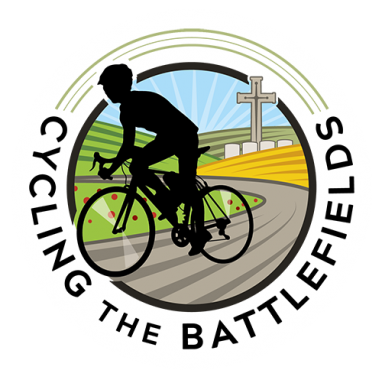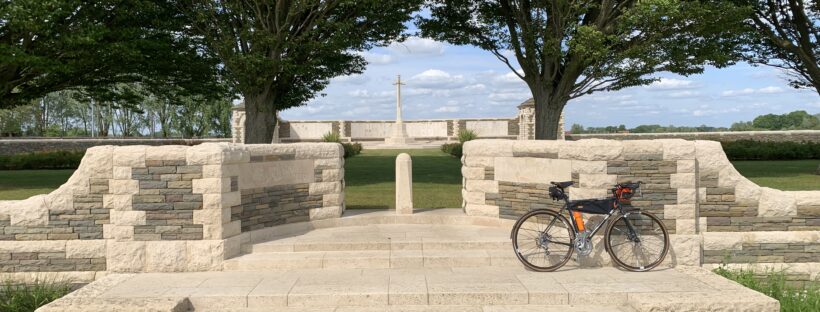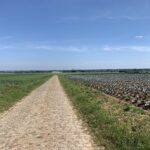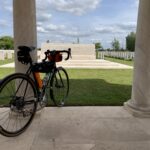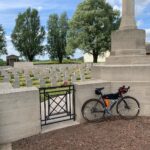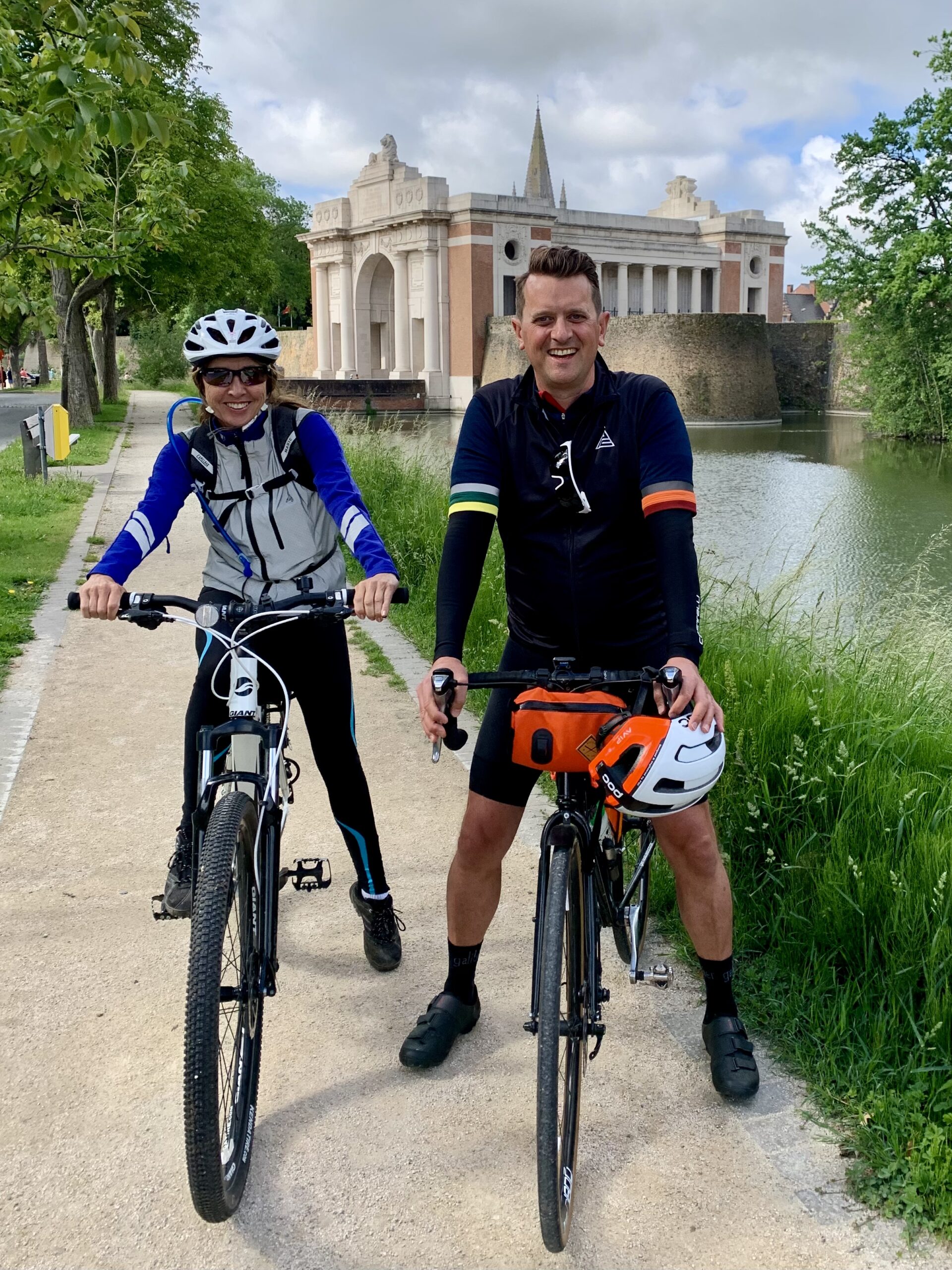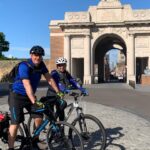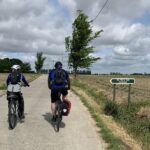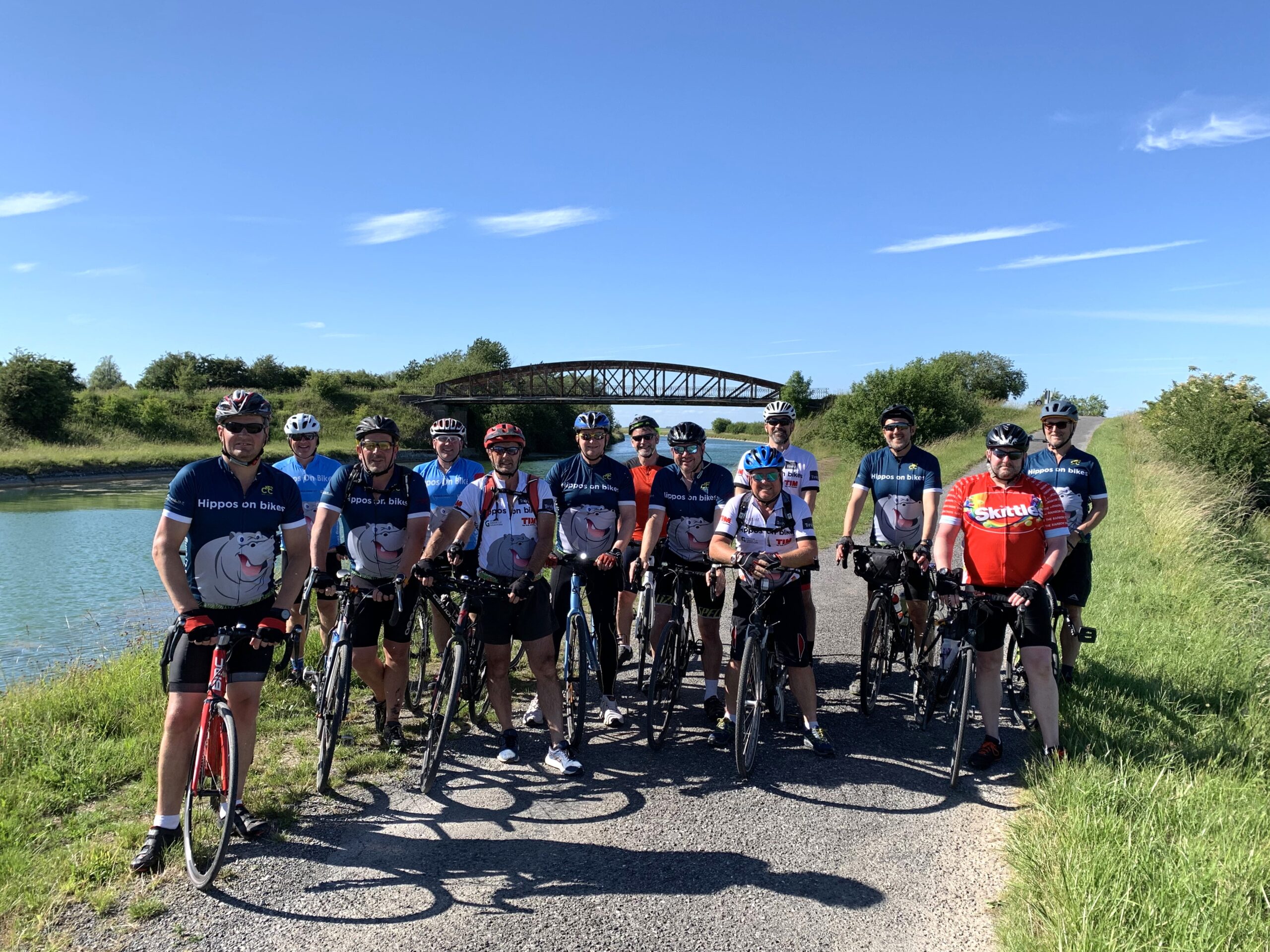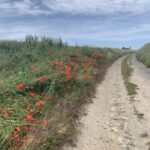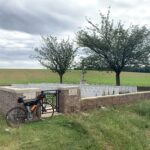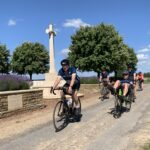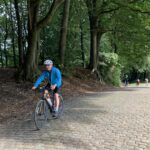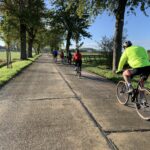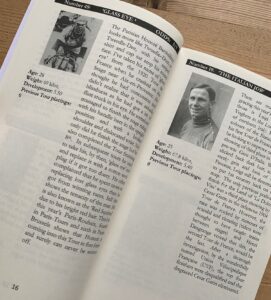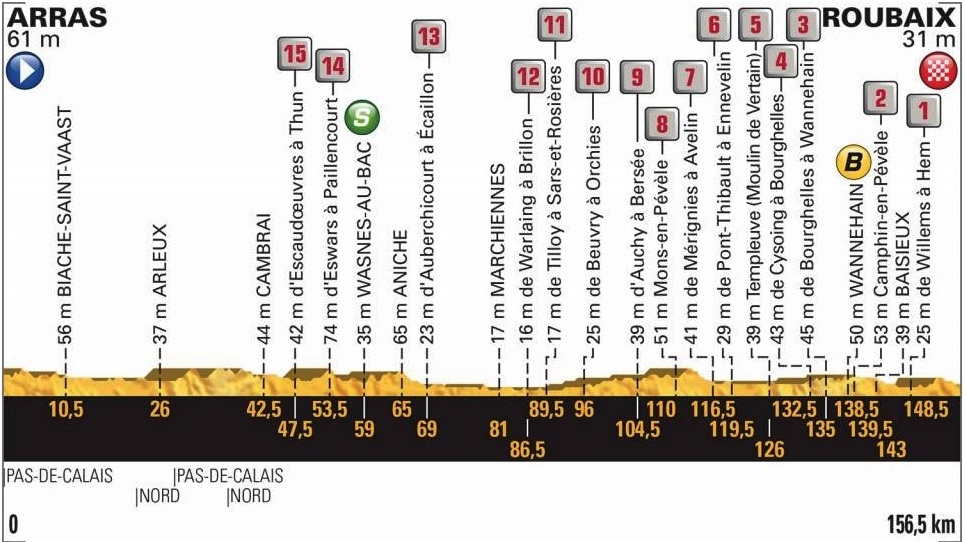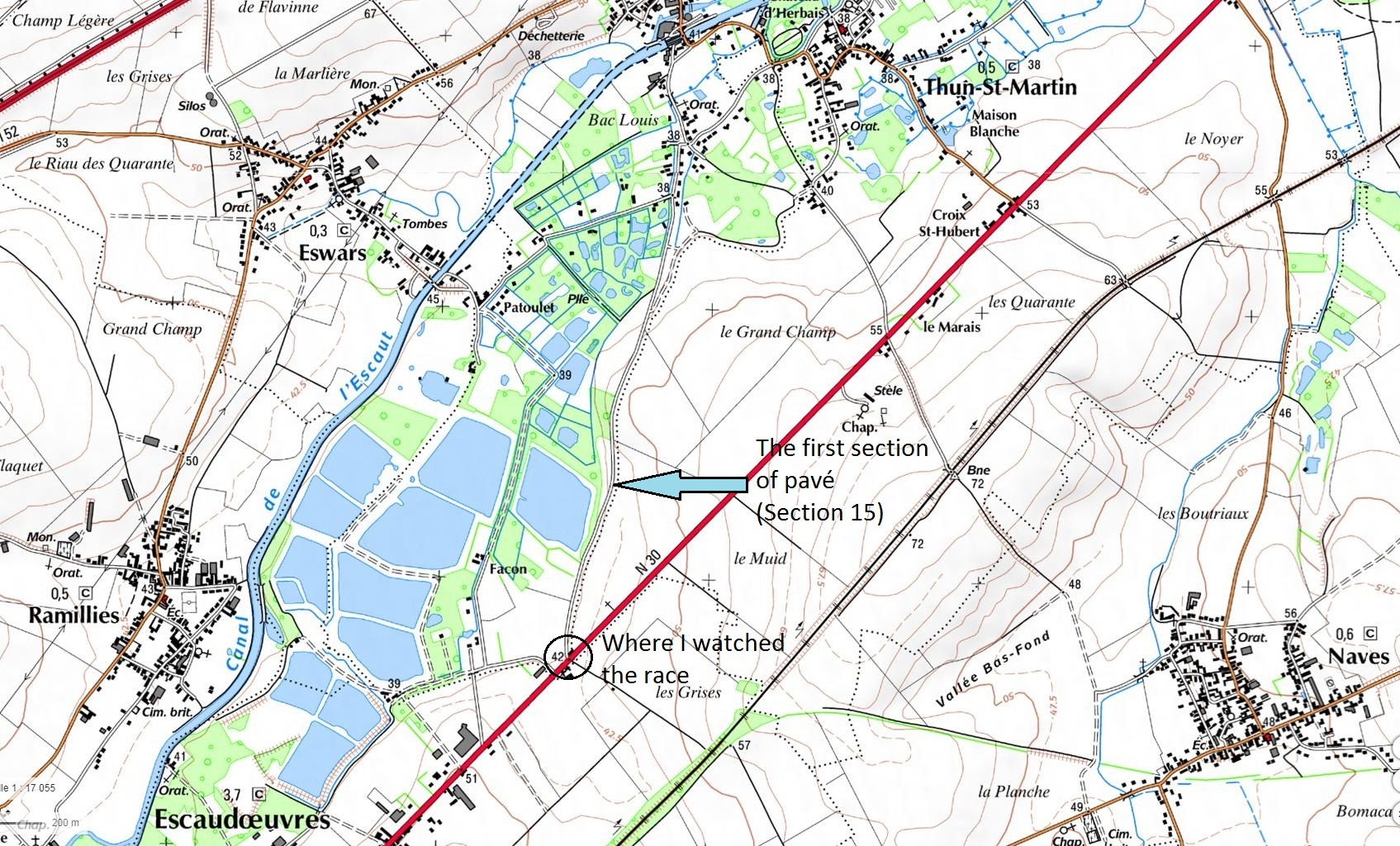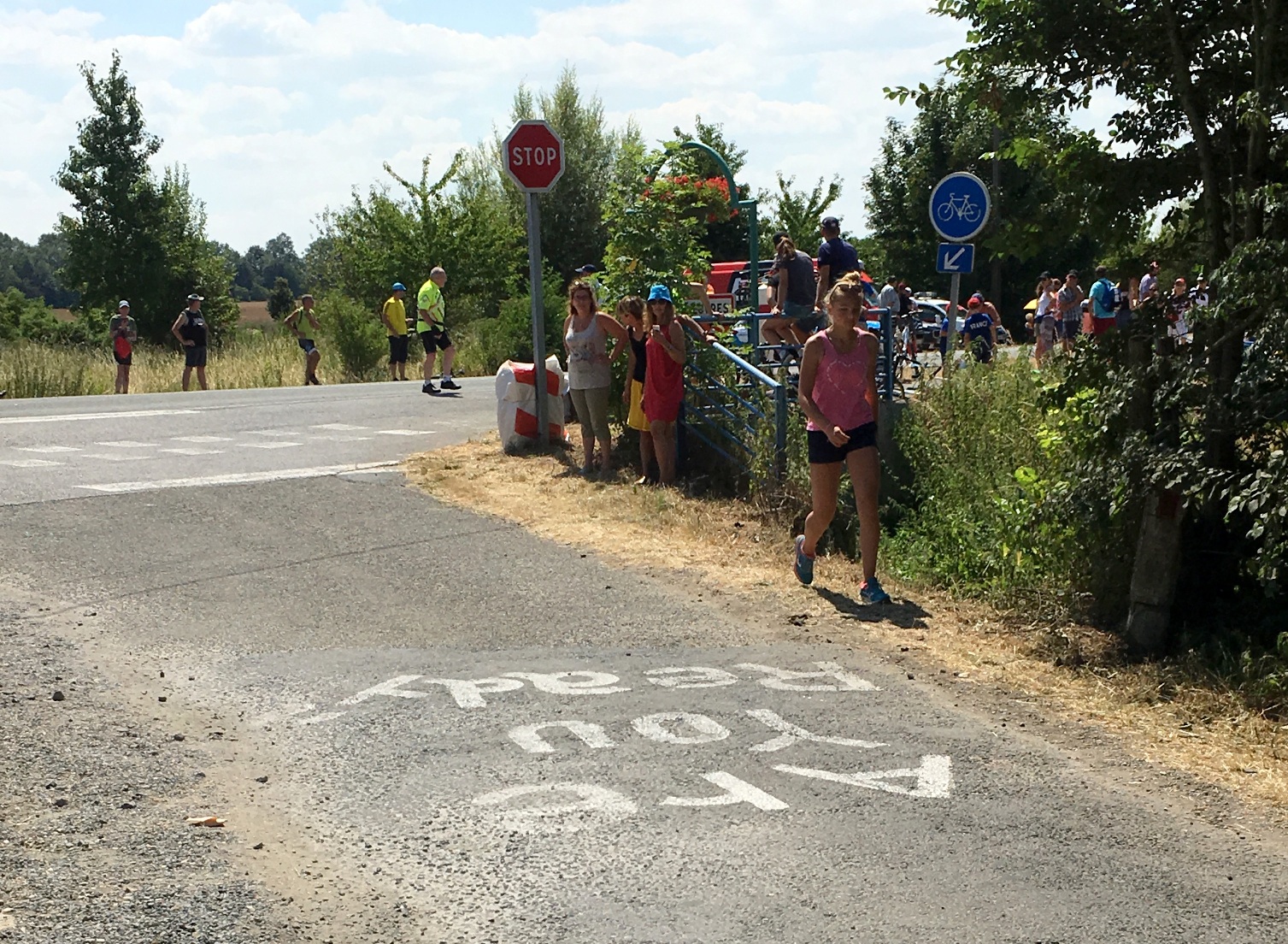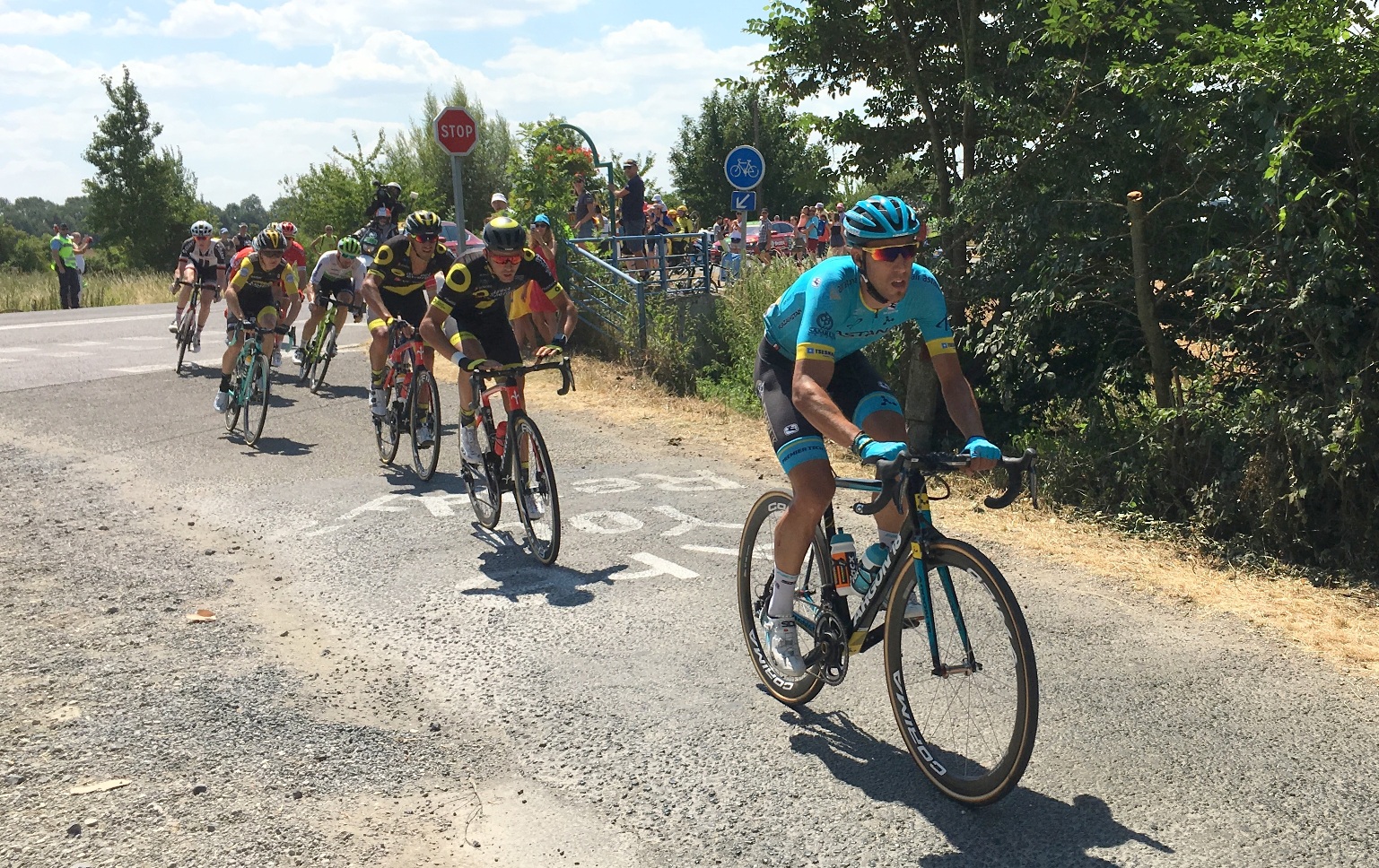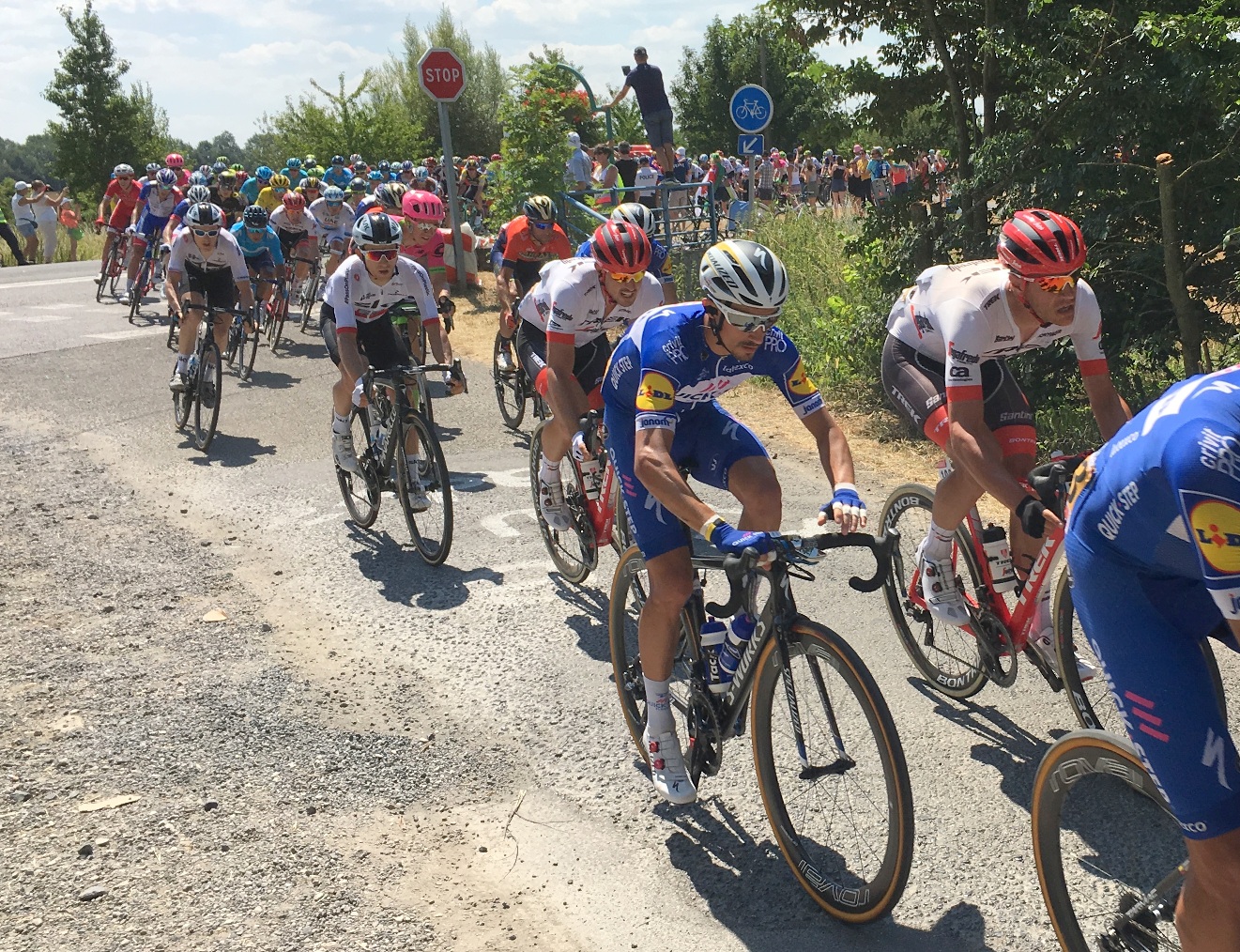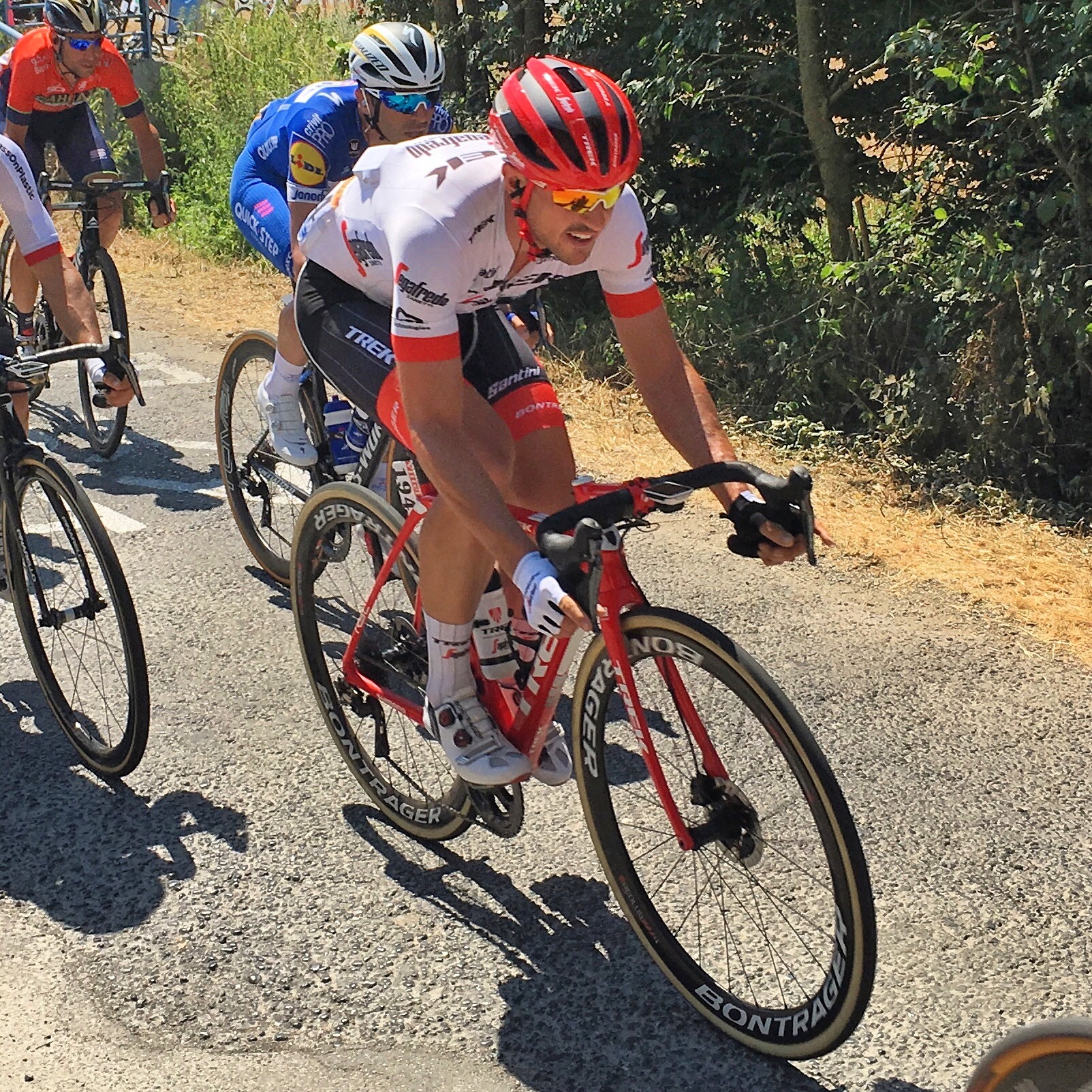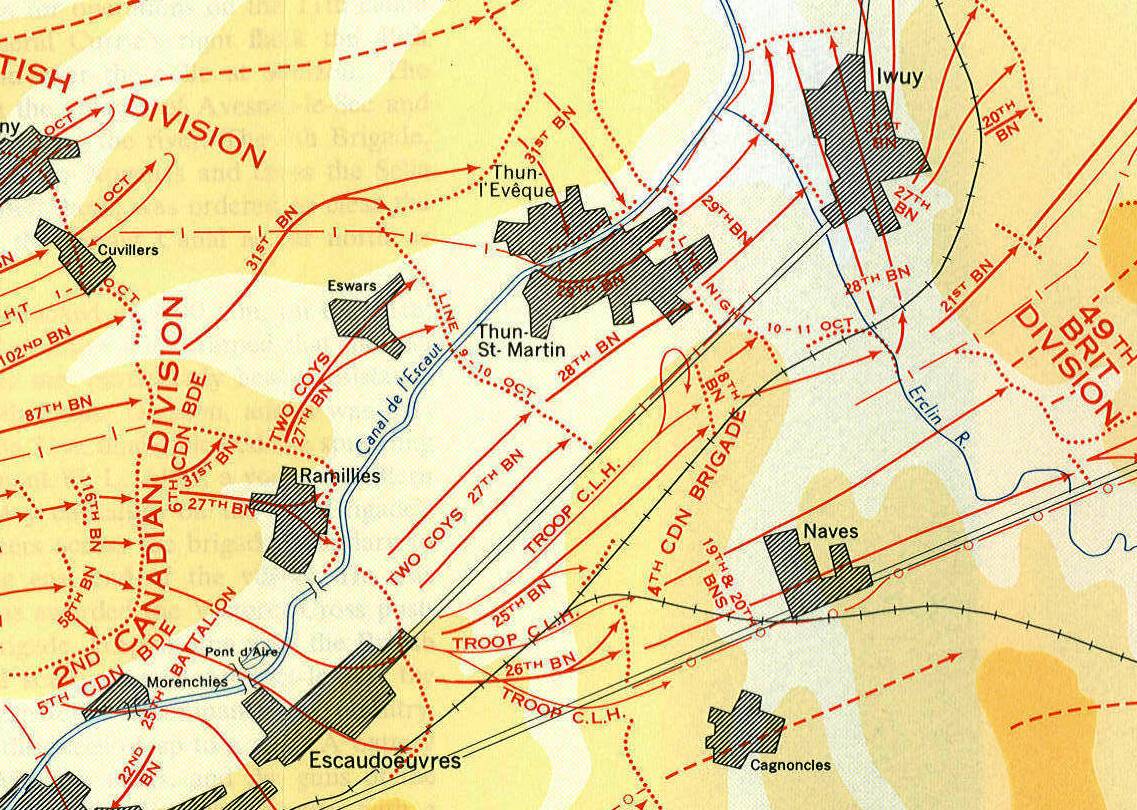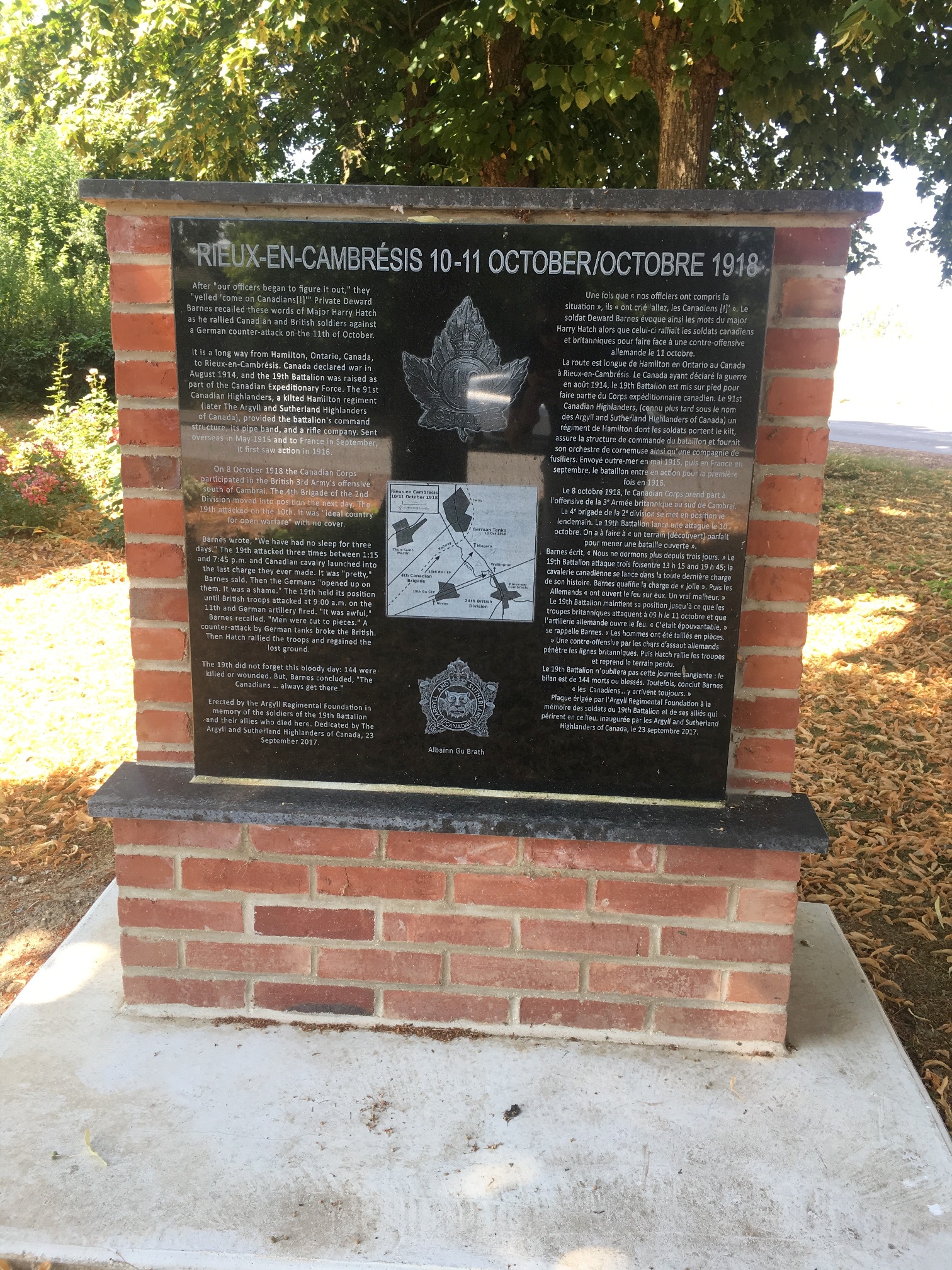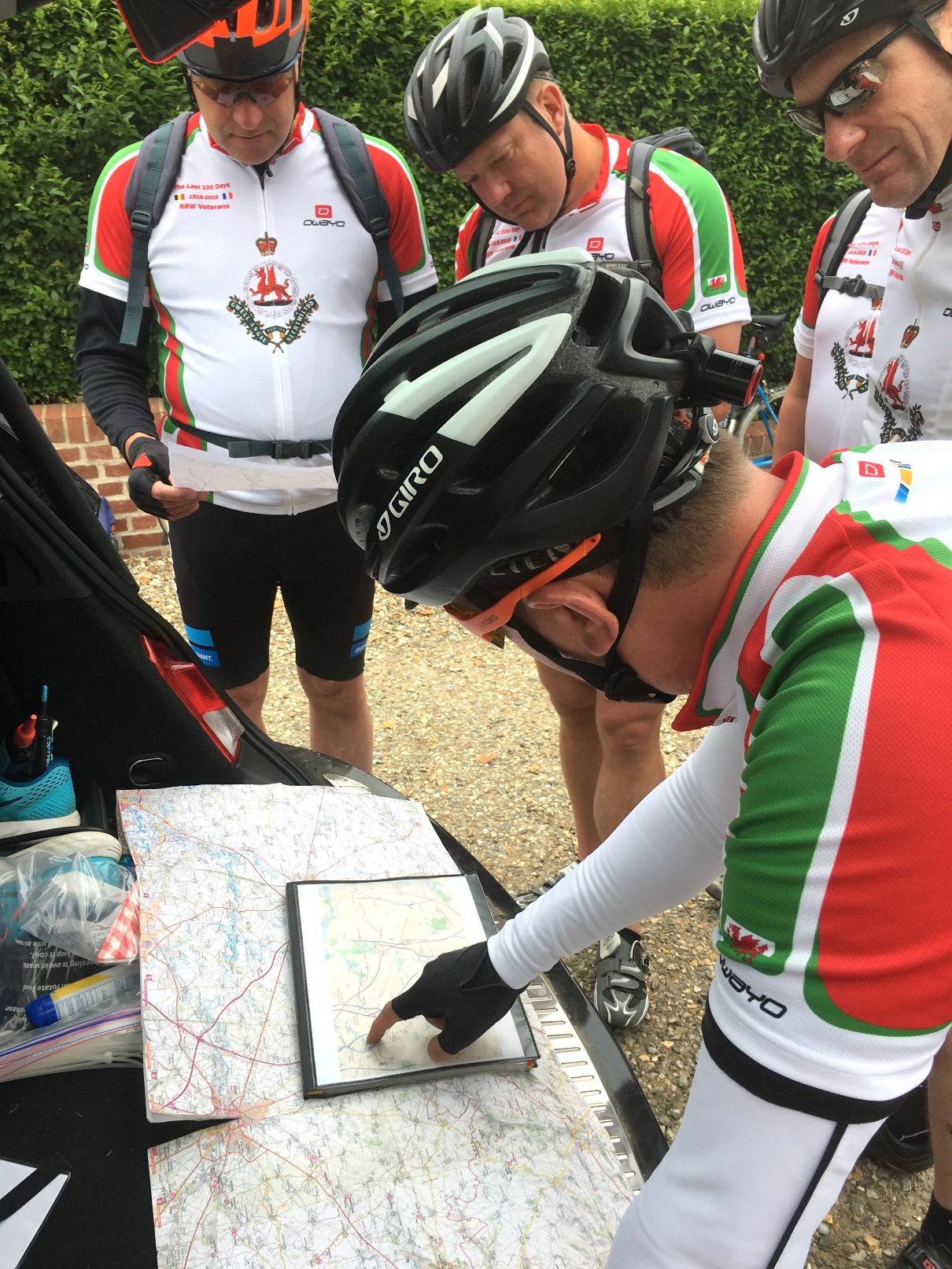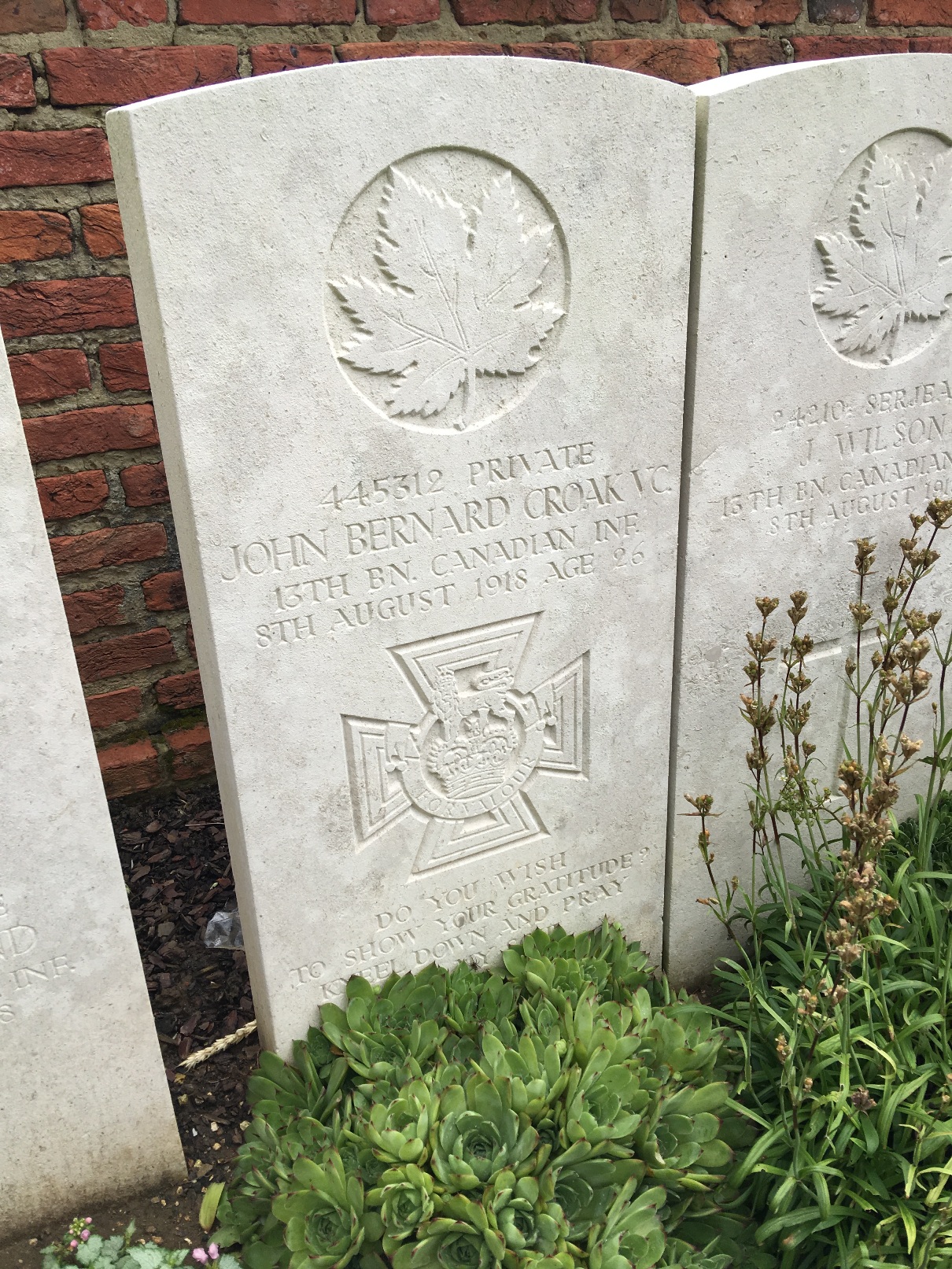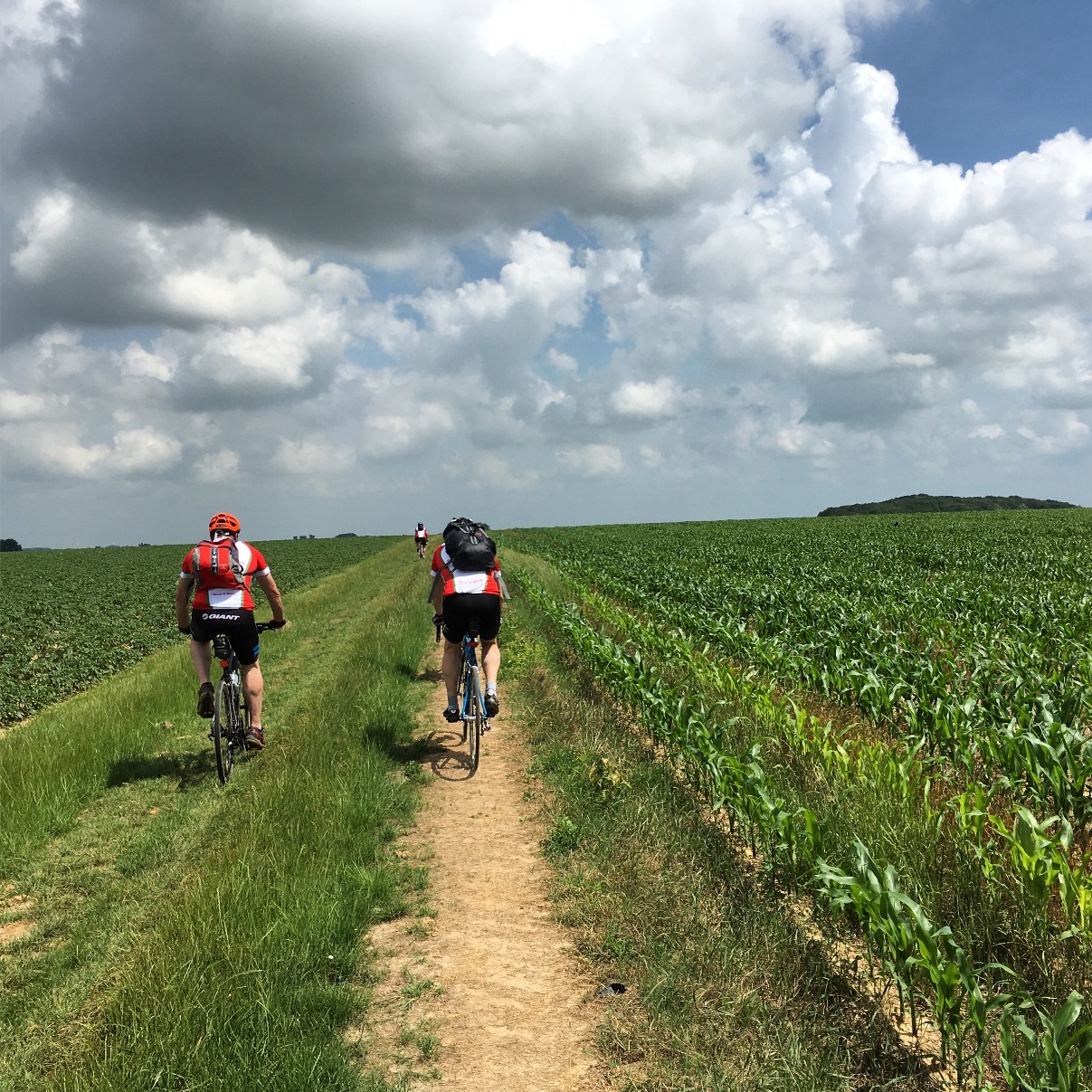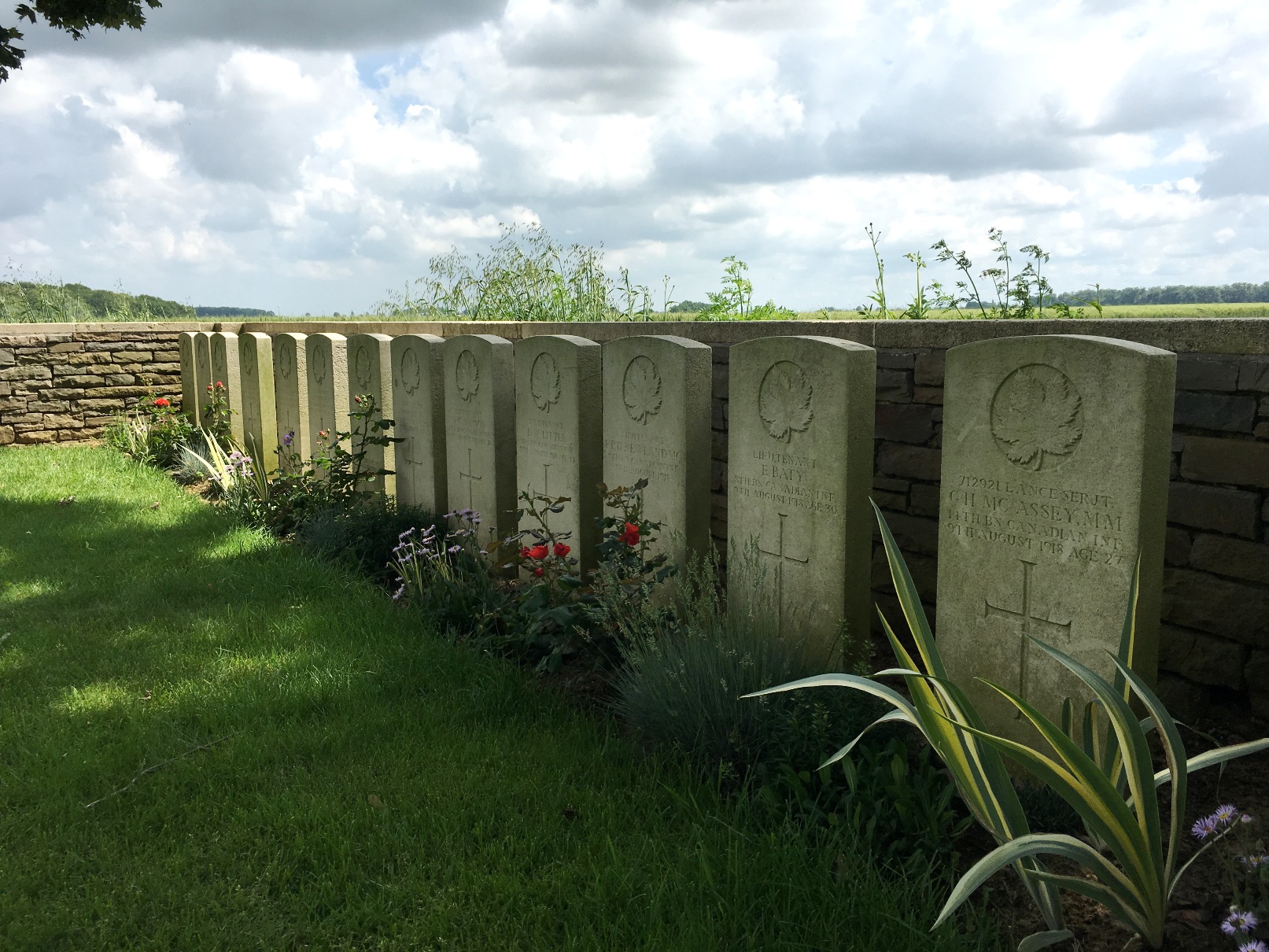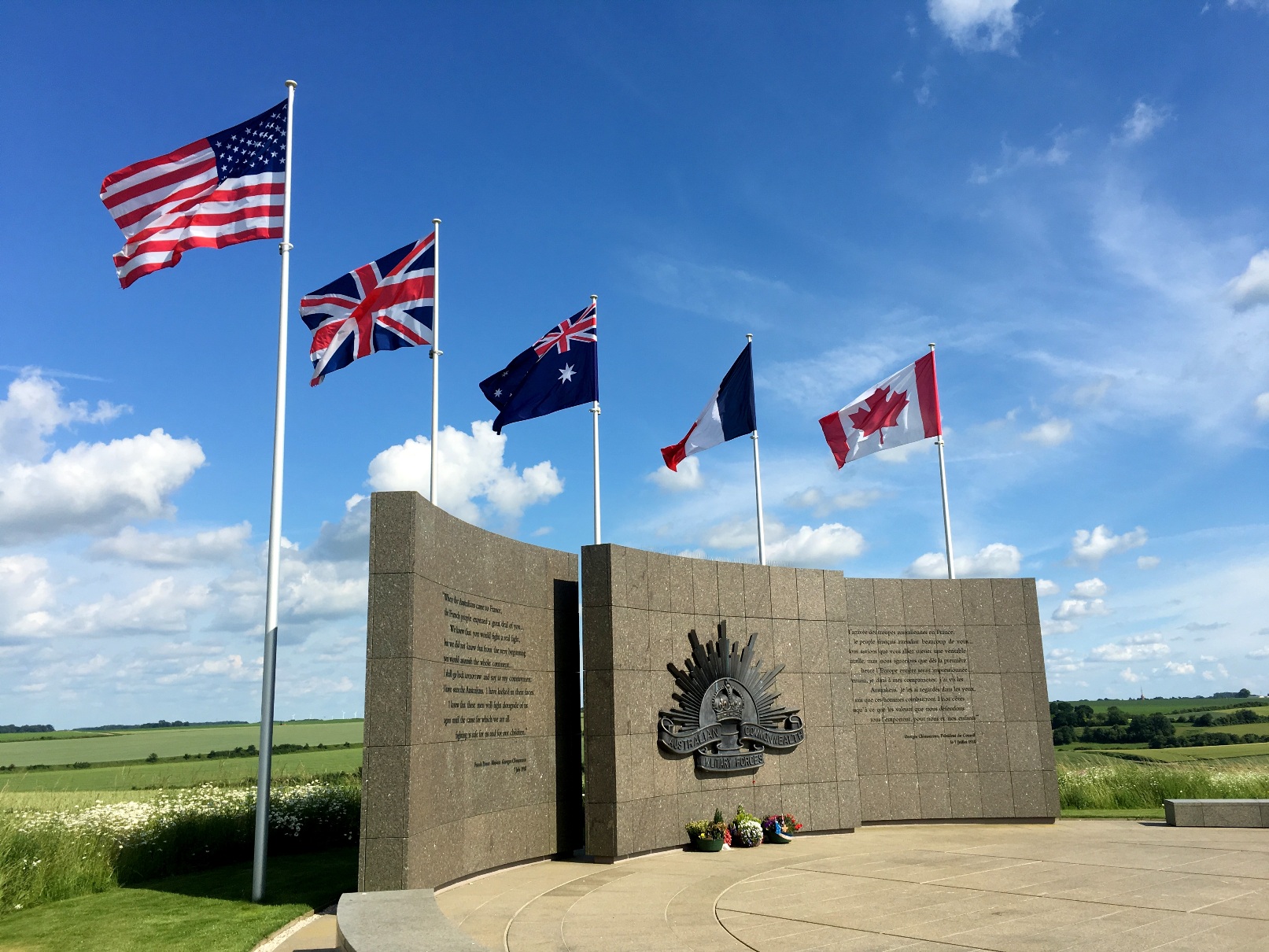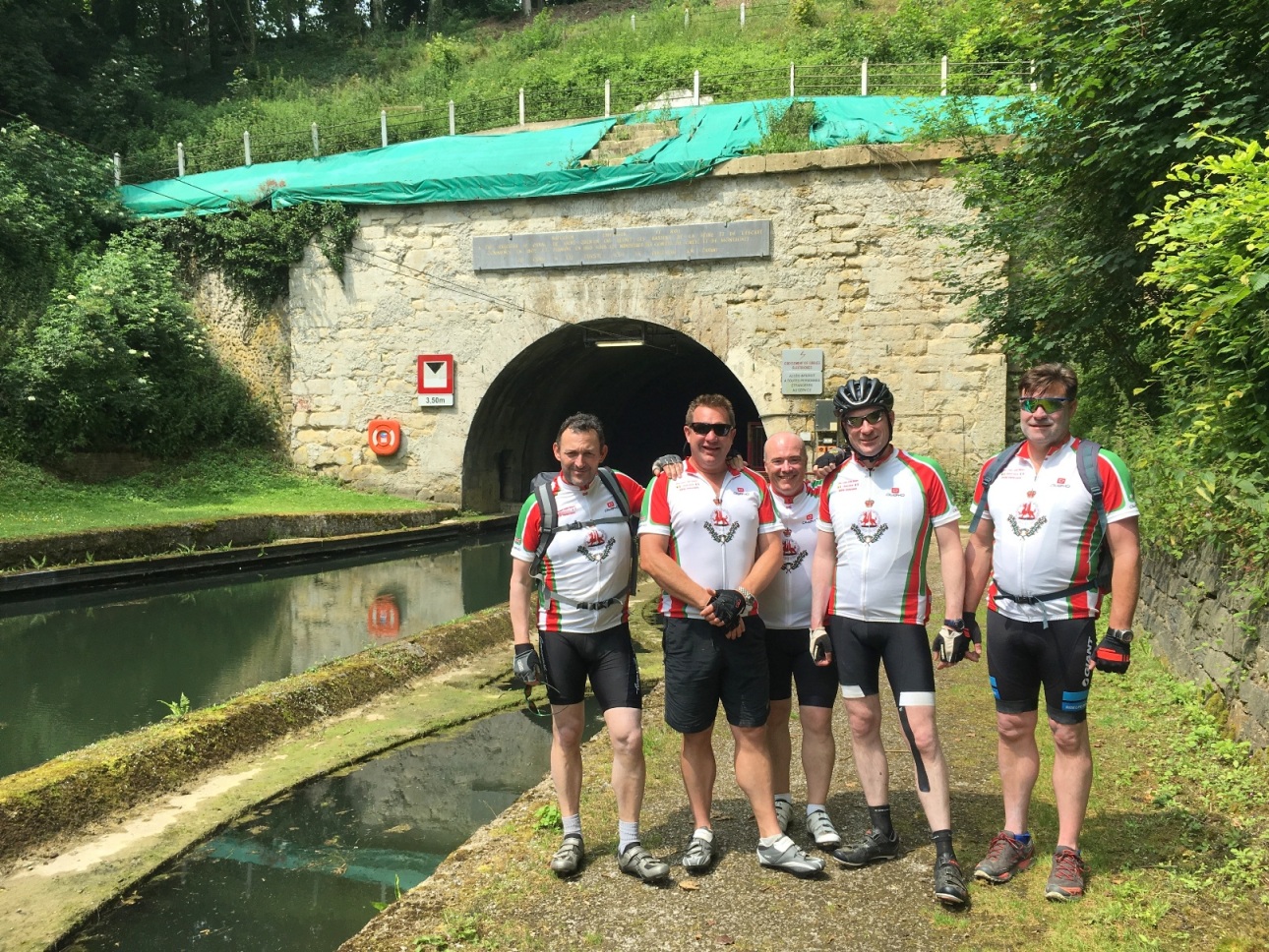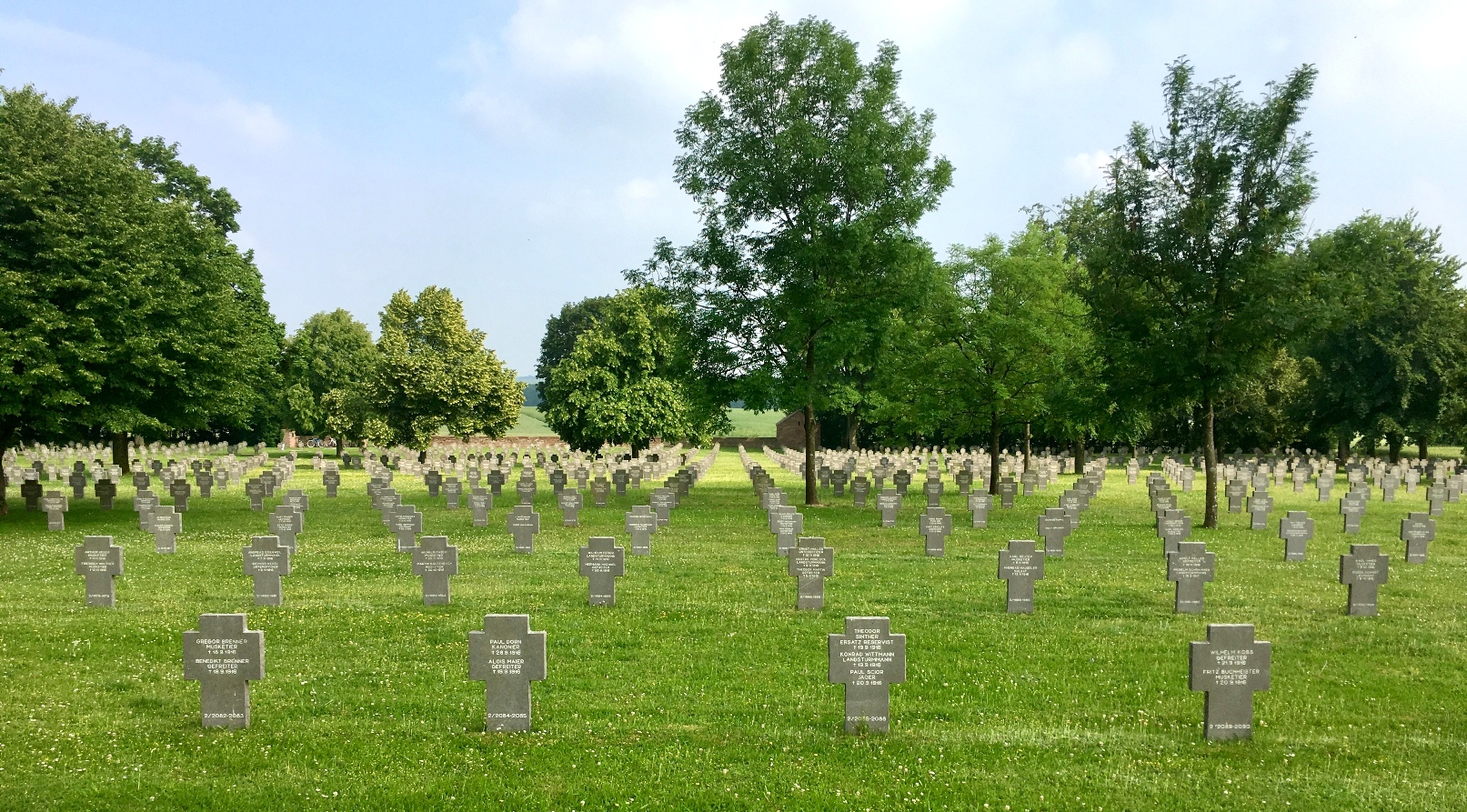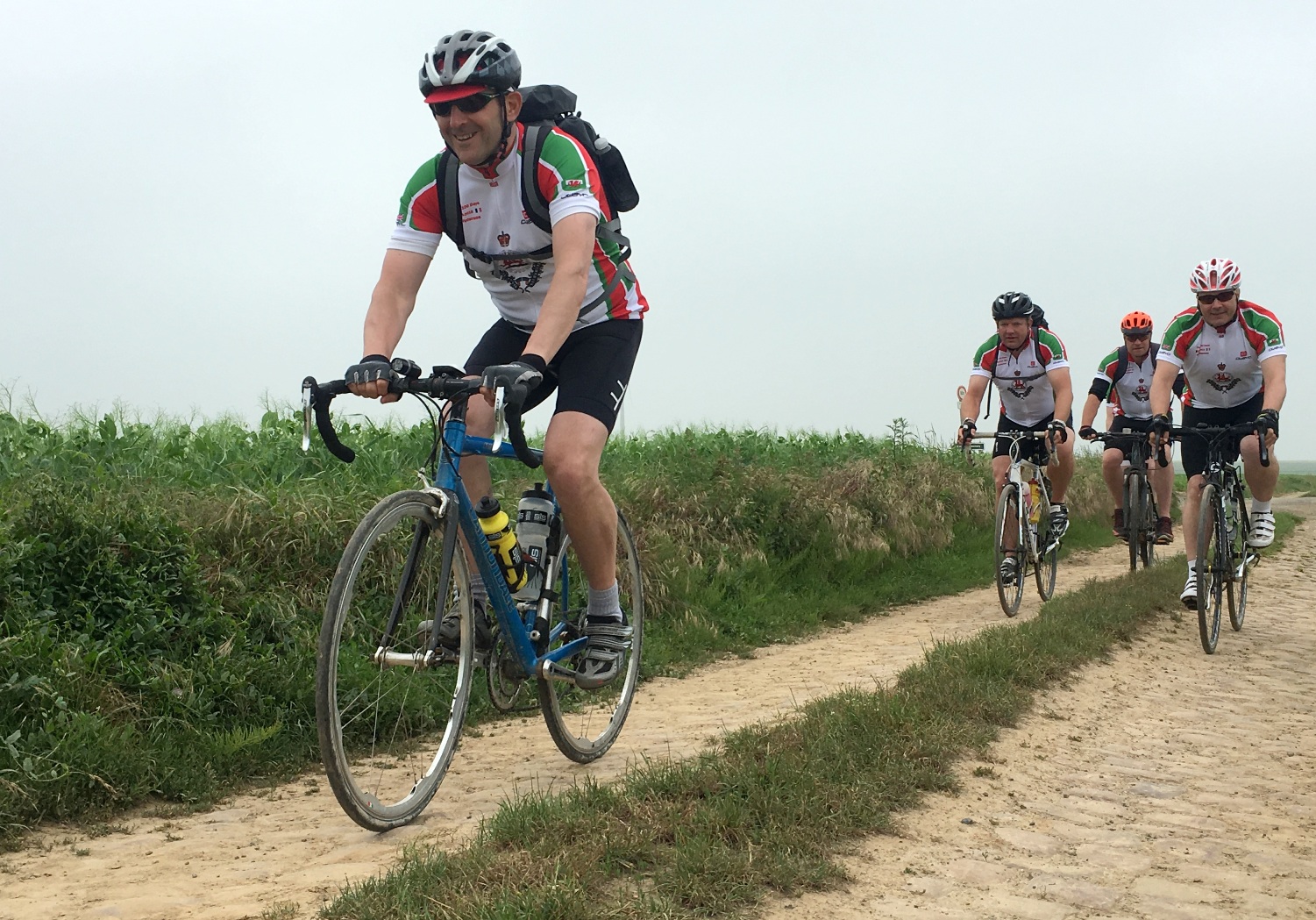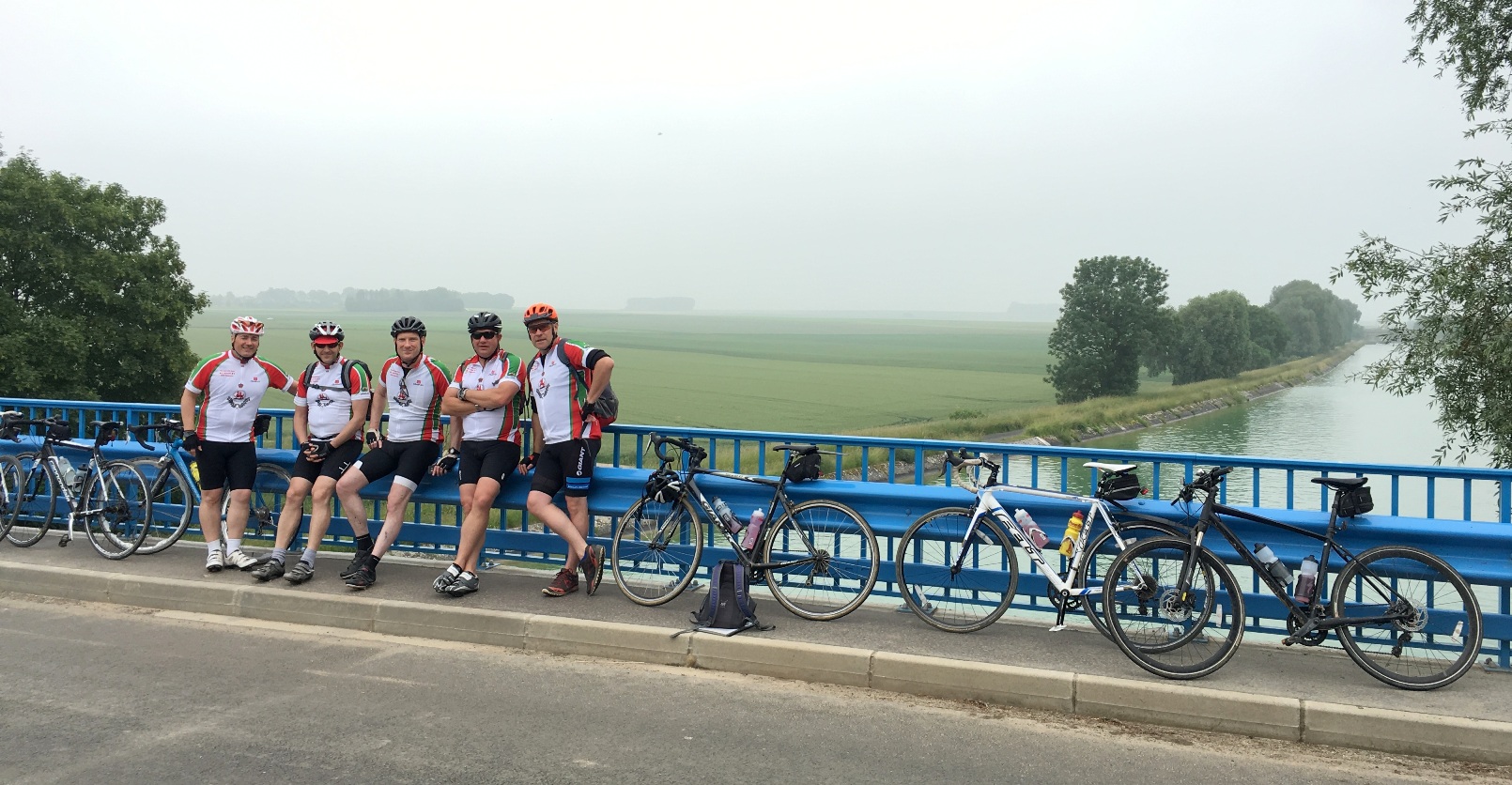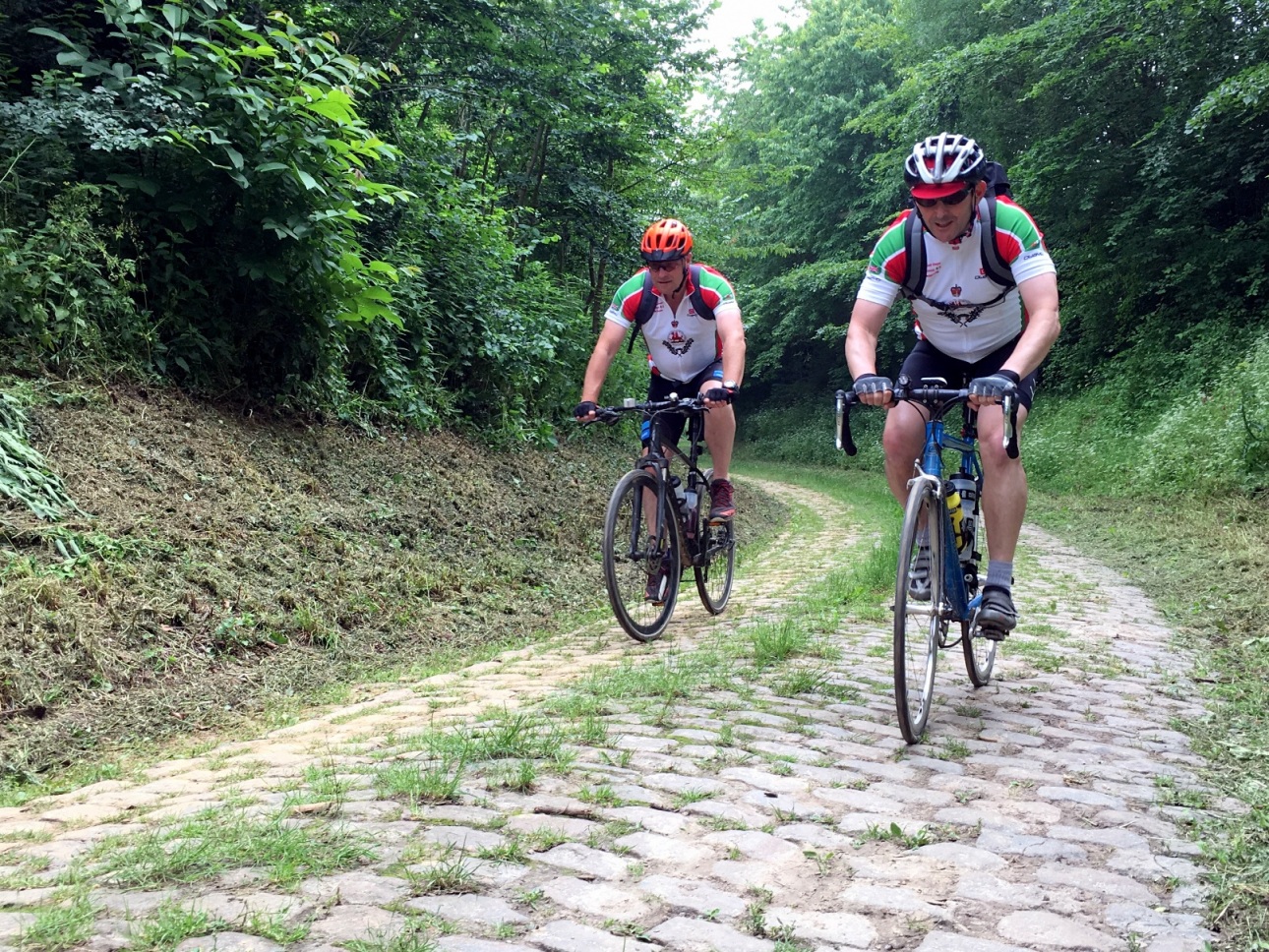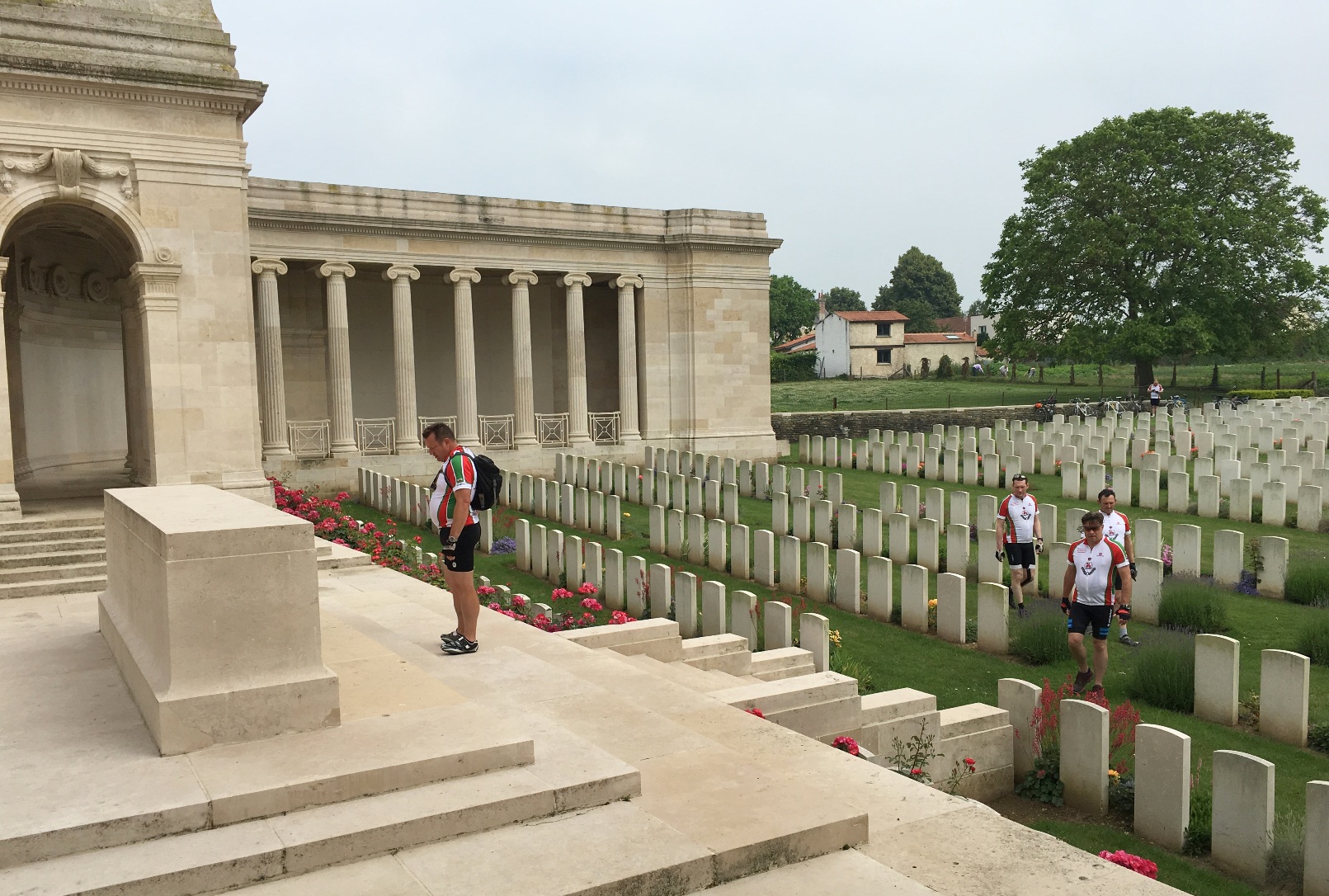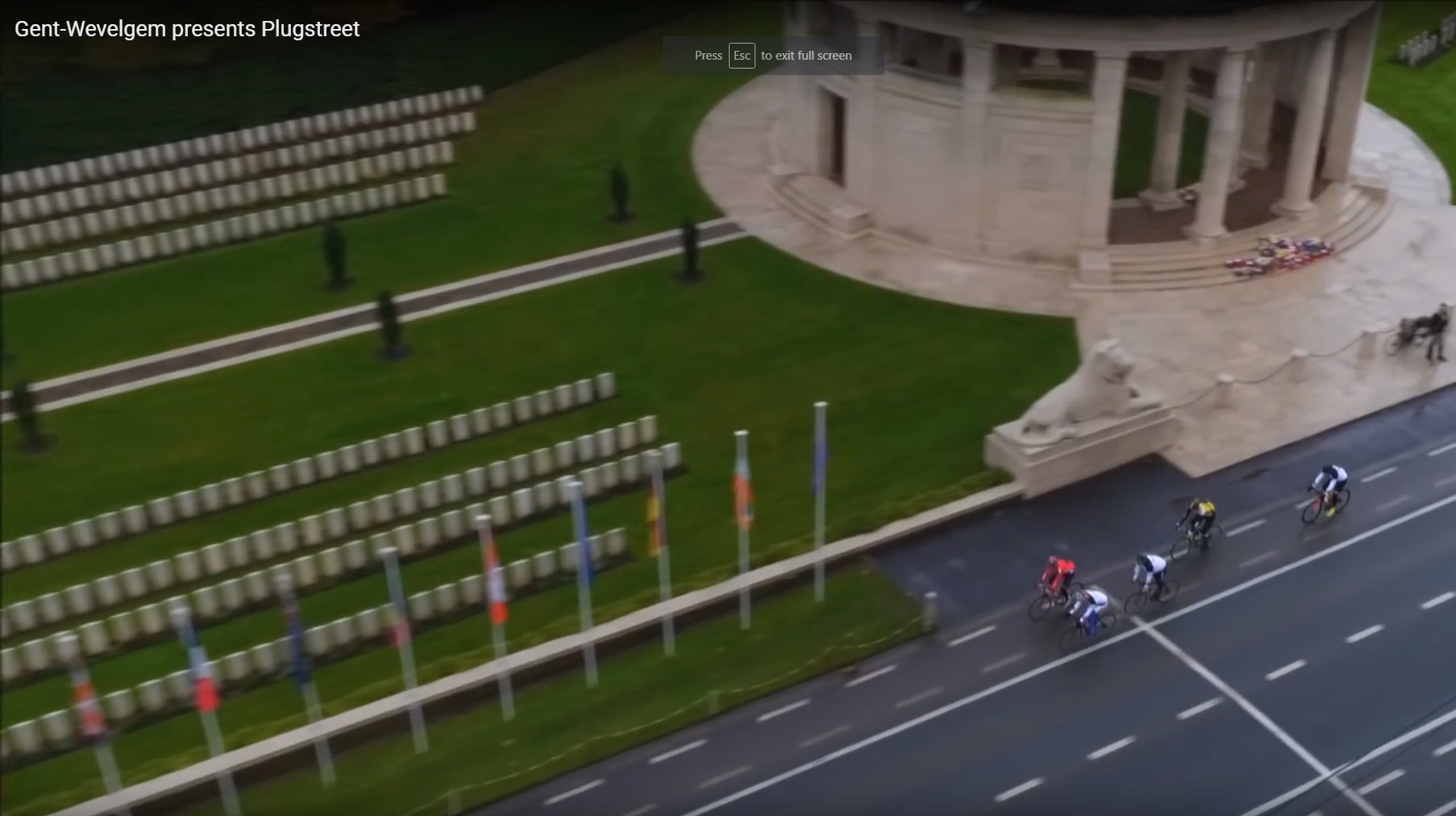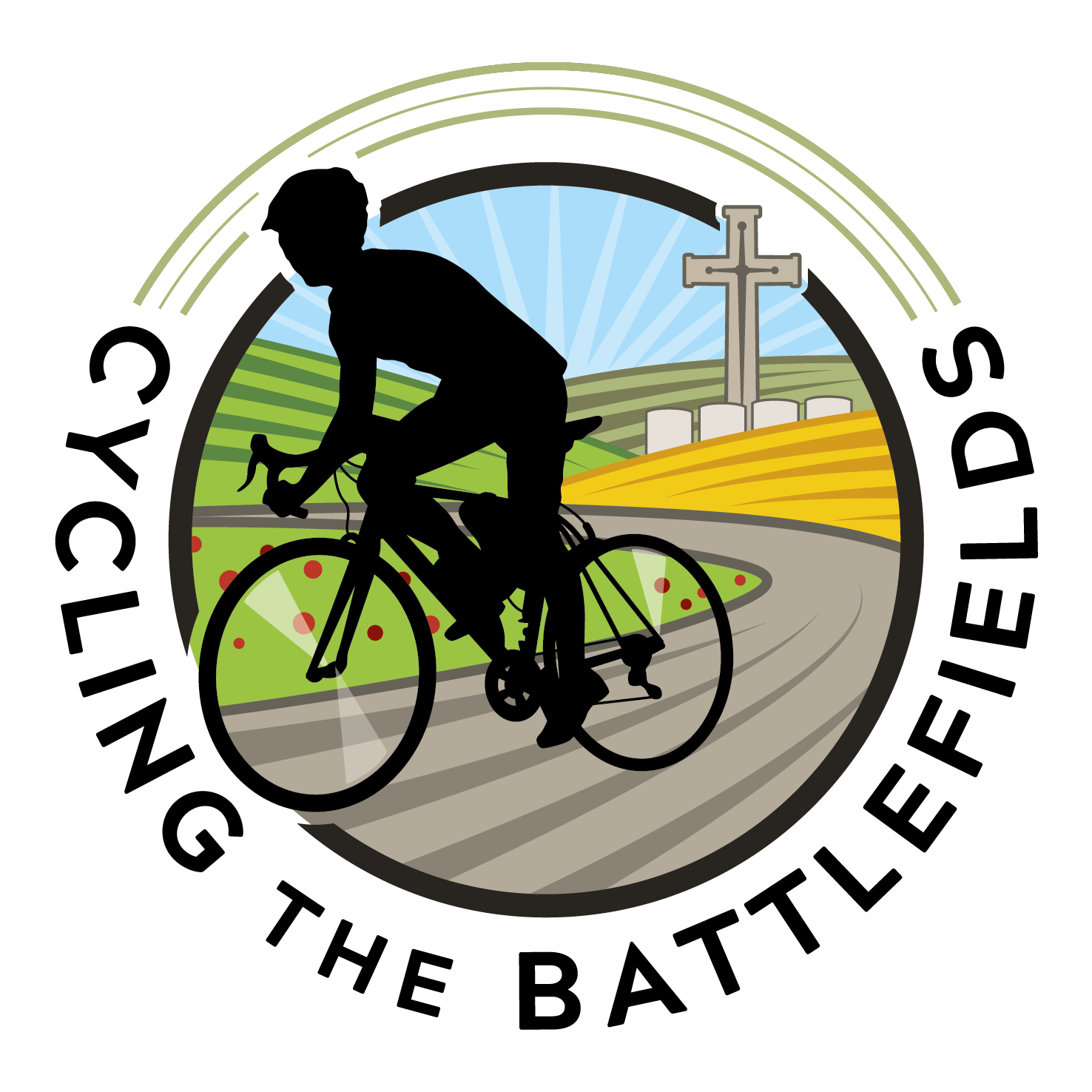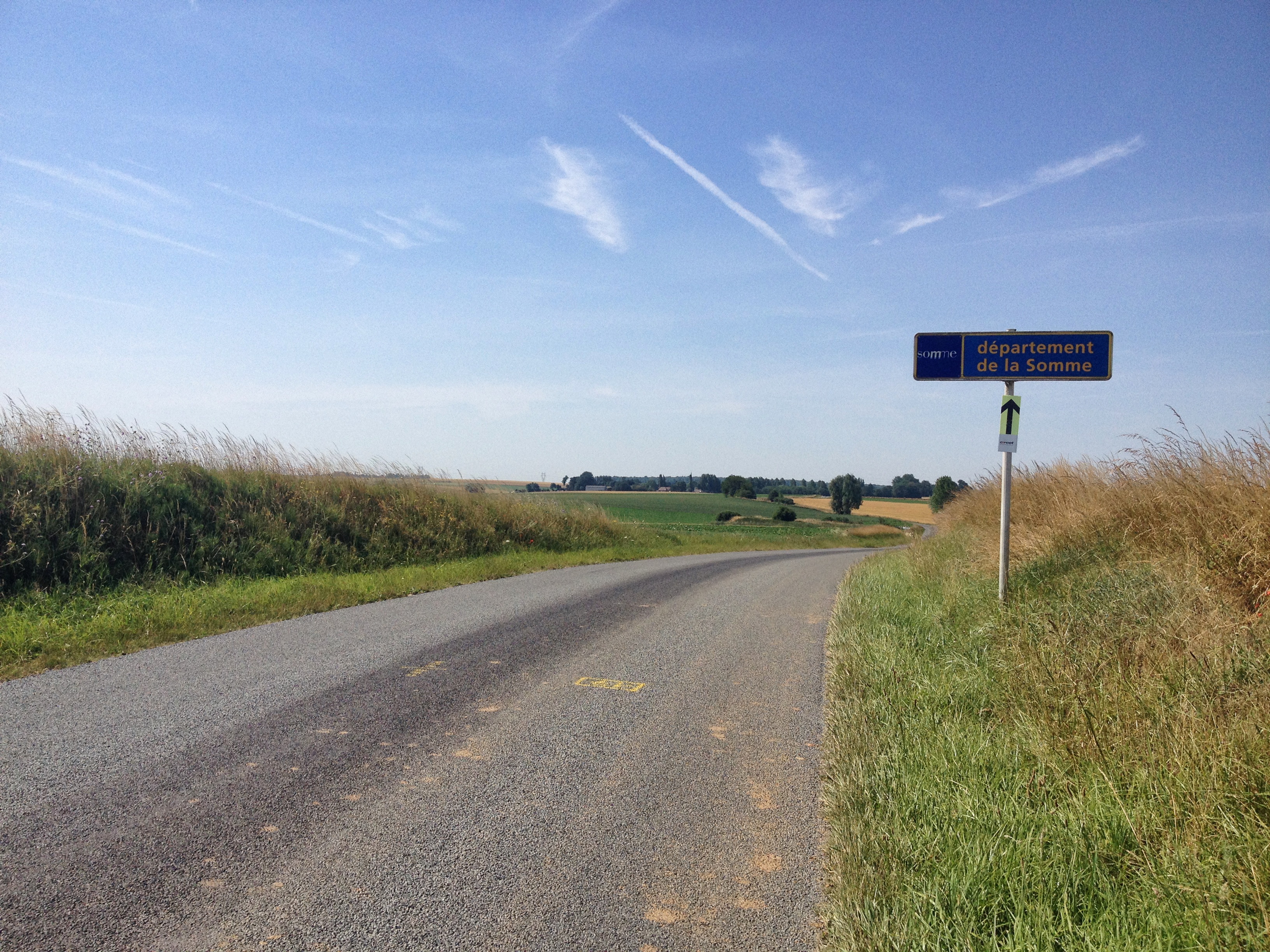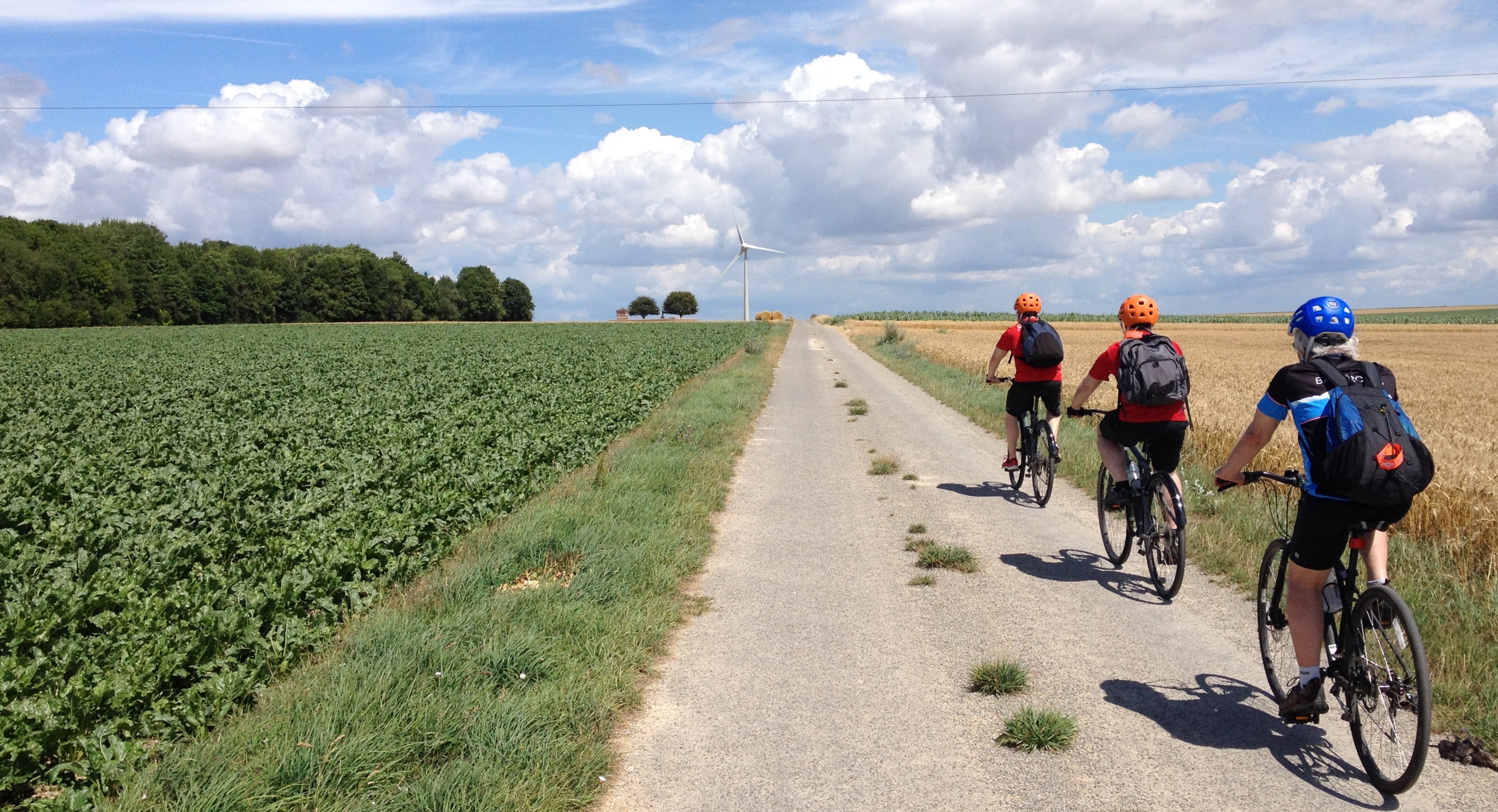I am writing this on a cold January day (minus 5 Celsius this morning!) and realised I hadn’t posted a recap of 2023’s cycling tours. I’ve been heartened by how much interest there is in people wanting to ride these special battlefields with me so here’s a brief rundown of what I did in the last year.
First up, a recce in March. This was a mixture of stops for various (non-cycling) tours but I also rode a couple of full routes – French Flanders and Arras/Lorette Ridge/Vimy Ridge – in preparation for tours later in the year. The Flanders recce was one that I’ll remember for a while – it was cold and I got soaked by freezing, driving rain. Luckily, when I rode the same route with a group in October the weather was glorious!
- German pillbox on the Aubers Ridge battlefield
- At a freezing Le Touret – handwarmers desperately needed
- About to head out from Ecurie to ride up to Lorette and Vimy Ridges
- Ablain St Nazaire
- Seaforths Cross at Fampoux looking across to Roeux
- Vimy Memorial
I was over in Belgium in early April – not cycling, but watching the Tour of Flanders. Just to be there on the Oude Kwaremont with thousands of fanatical Belgian fans was brilliant, especially as the key event of the race unfolded right in front of us as Tadej Pogačar broke clear on his way to a superb victory. I must come back to this area of Flanders to cycle these famous cobbled climbs.
- Oude Kwaremont, Tour of Flanders 2023
- Pogacar on Oude Kwaremont, Tour of Flanders 2023
- Mud at the fan’s zone, Oude Kwaremont, Tour of Flanders 2023
Later that month I was over in Normandy, recceing the area for potential cycling tours. Once away from the busier beaches and the city of Caen the landscape was much more familiar – quiet roads running through rolling green fields – beautiful to ride on. I was also heartened by the well thought out an extensive cycling infrastructure that has been created. Plans are being made to add Normandy to my list of cycling battlefields.
- Pegasus Bridge
- John Howard at Pegasus Bridge
- Designated cycling infrastructure, Normandy
- Bomb Alley
- Designated cycling infrastructure, Normandy
- Culturally sensitive graffiti on WN62 above Omaha Beach
- Pointe du Hoc
- Jerusalem Cemetery
- Designated cycling infrastructure, Normandy
In early May I had my first proper tour of the year with Andrew, Adrian and Martin – three days riding around the Somme, Arras and the 1918 Hindenburg Line area. Fabulous company and such enthusiasm made it a great start to the year.
- Up from the Ancre to the Ulster Tower
- Riding past Norfolk Cemetery, Somme
- Crossing Riqueval Bridge
May and June were dominated by non-cycling tours so it was good to get back on the bike in early July with my mate Jim whose wife had bought him an extended tour with me. Having travelled over from Bristol, we started with a gentle ride around the Laventie – Fromelles area on the first afternoon which offered an easy way to get into the swing of things. There followed days on the Somme looking at the 1/6th Gloucestershire Regiment (a pet project of mine that Jim has helped me with researching), a day on the 1917 Arras battlefield before finishing with a wonderful day following the Canadian Corps from Arras to the Canal du Nord (Aug – Sept 1918) – one of my favourite battlefields to cycle and we barely saw a soul all day.
- Le Trou Aid Post
- Leaving Sucrerie Military Cemetery, Colincamps
- From The Nab to Ovillers
- Contalmaison Chateau Cemetery (1)
- Back to the car in Foncquevillers
- Jim riding up to Neuville Vitasse Road Cemetery
- Neuville Vitasse Road Cemetery
- CWGC cemetery signs at Heninel
- Brown’s Copse Cemetery, Roeux (2)
- A wave from Jim
- Shell nose cone at Quebec Cemetery
- Valley Cemetery, Vis en Artois
- Dominion Cemetery on the DQ Line
- Picnic lunch at Cagnicourt British Cemetery
- Crossing the Canal du Nord
The next month saw a broader look at the British sectors of the Western Front with three days around the Somme, Arras and then a move up to Belgium to ride Messines Ridge and the Ypres Salient. The weather was fabulous, the roads were quiet and the company terrific fun with returning clients bringing family members along. The easy ride back into Ypres from St Julien on quiet lanes bathed in golden light will live long in the memory.
- Thiepval Memorial
- Delville Wood
- Final stop of the day at Adanac Military Cemetery
- Riding up to Carency
- Along Vimy Ridge past Zouave Valley Cemetery
- Vimy Memorial
- A visit to Lone Tree Cemetery
- Lunch stop at De Dreve, Polygon Wood
- Golden hour back into Ypres
My final tour of the year was with a group of 12 cycling around Ypres, Messines Ridge and, for our third day, a look at the 1915-16 battlefields of French Flanders such as Neuve Chapelle, Aubers Ridge, Fromelles, Festubert and Givenchy. This was one of those tours where I had to pinch myself I was getting paid to guide – such fun with many laughs and brilliant company. I was also able to show one of the group where his grandfather had served on Messines Ridge in 1914 with the Liverpool Scottish – probably the trenches where he was pictured holding a copy of Tatler. There are plans afoot to cycle the Somme, Arras and Cambrai with the same group in 2024.
- Ted Billington reading Tatler in the trenches
- Quiet Flemish lanes across Messines Ridge
- Roses at Tyne Cot
- 34th Division memorial at Langemarck
- Bikes at Le Trou Aid Post
- Crossing the British front line near Fromelles
- VC Corner, Fromelles
- Visiting the Le Touret Memorial
- Time to reflect at Le Touret
2024 is looking good as I am already fully booked for June with three big tours plus have others agreed in May and October. September currently looks pretty free and is a great time to ride in France and Flanders. I will be over recceing in March and am working on some self-guided routes with accompanying info packs. If you fancy these or even joining me on the battlefields then please do get in touch.
Safe riding.
JB

